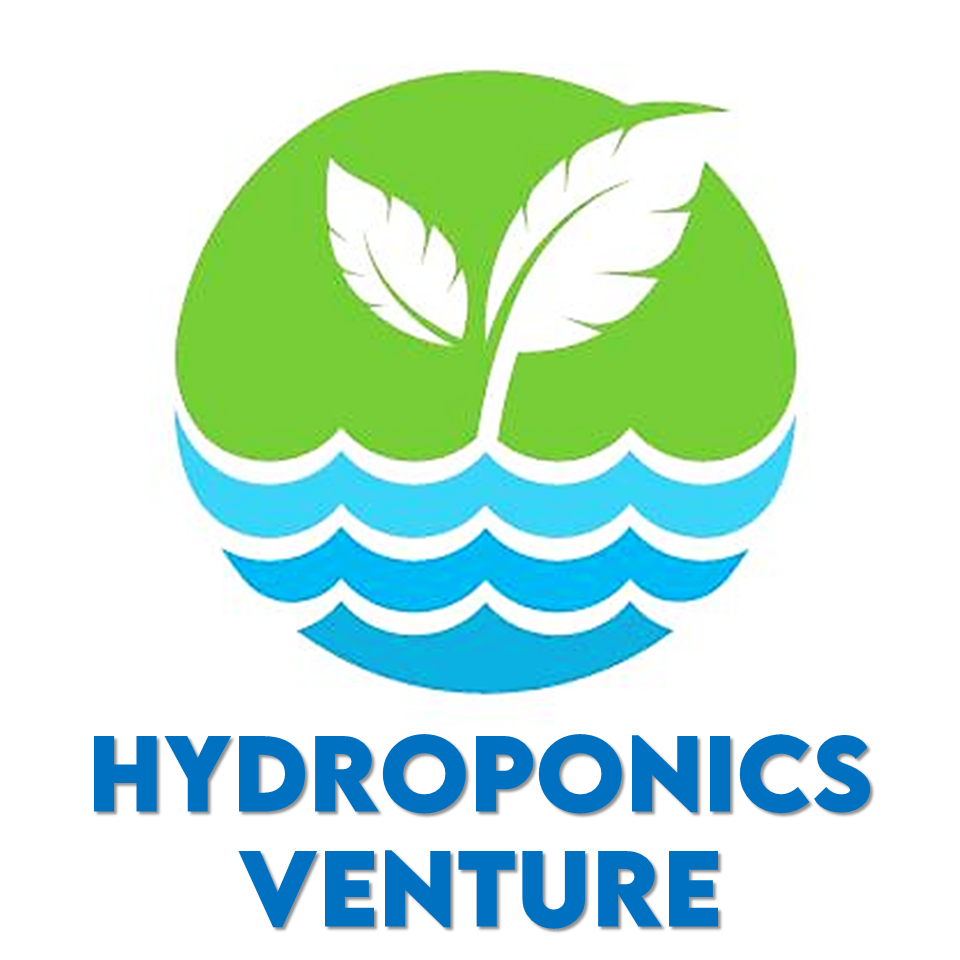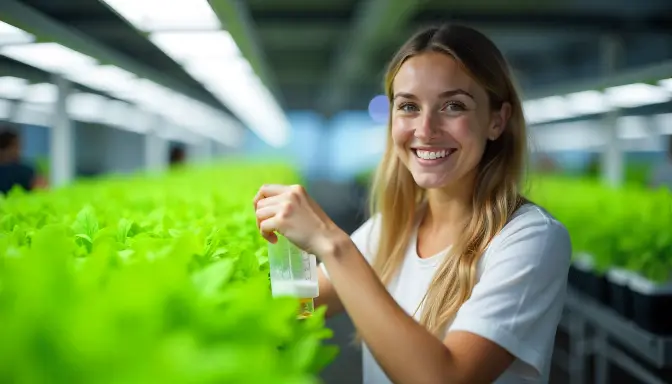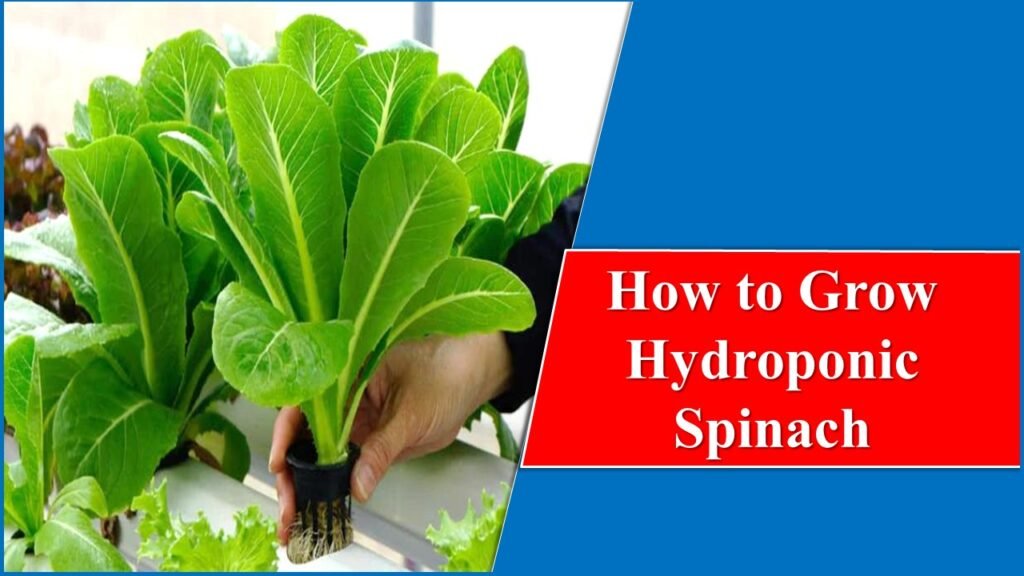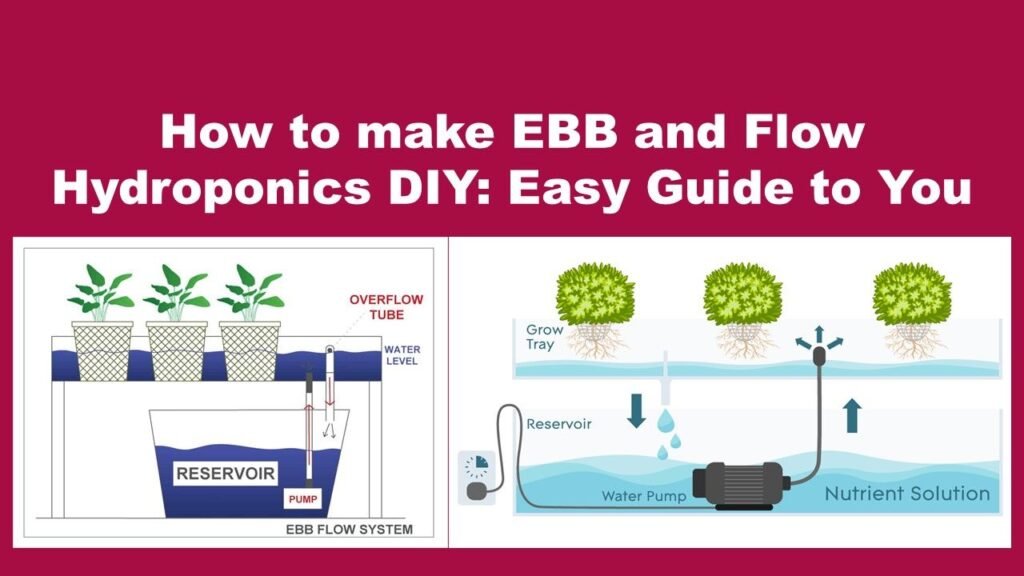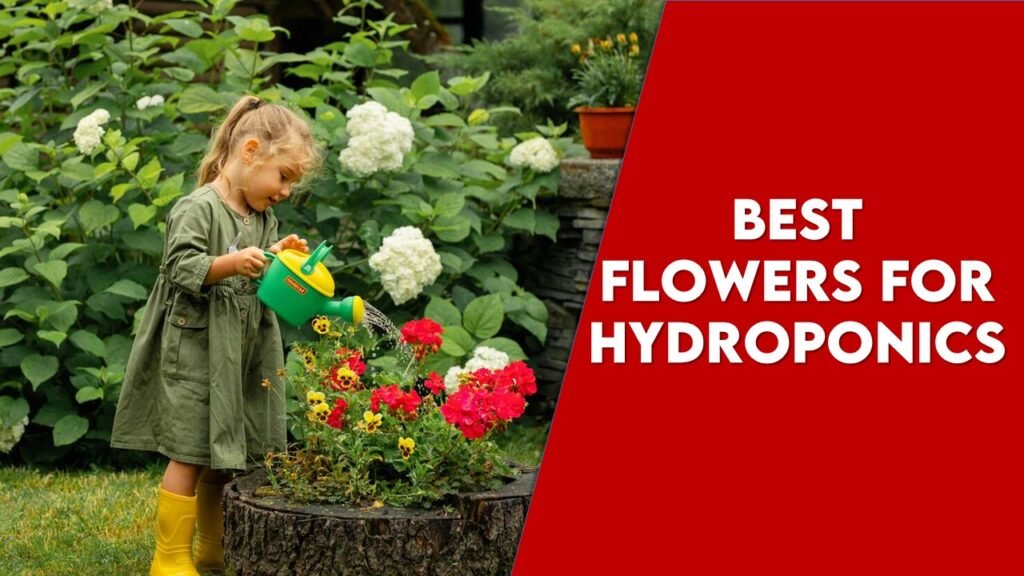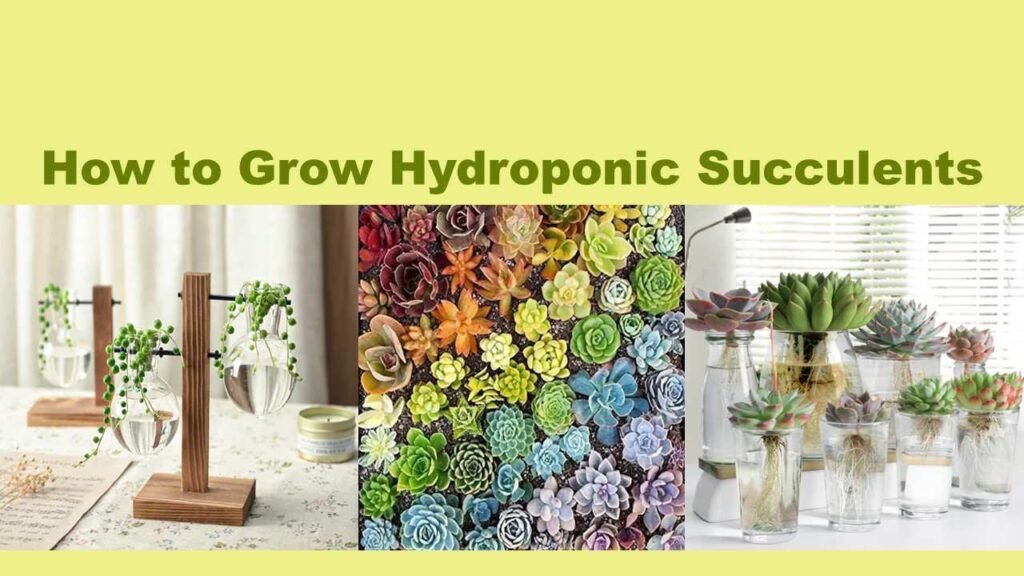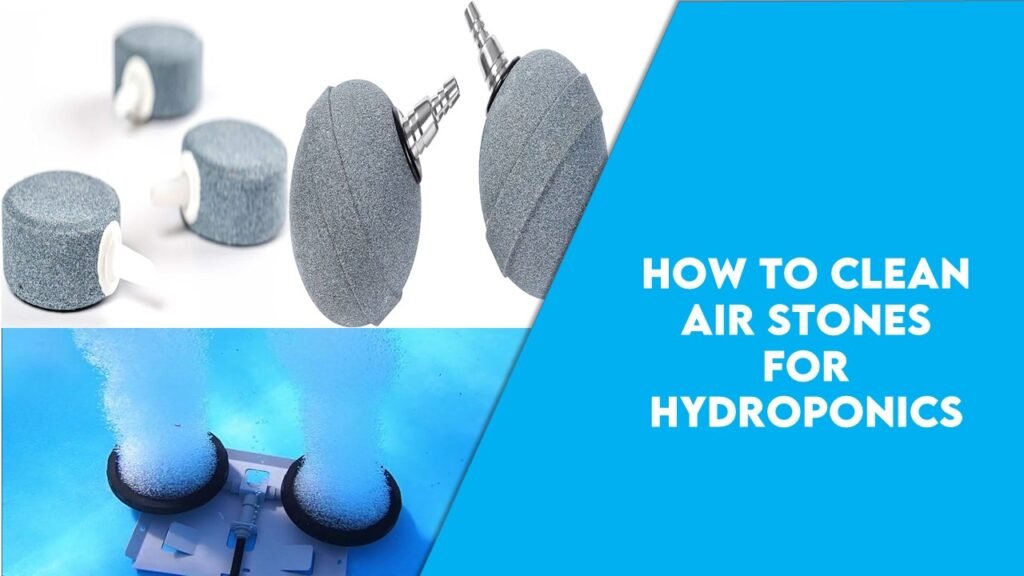Nutrients Required for Hydroponic Farming
Nutrients are important for the growth of plants. Nutrients are provided in solution form by mixing them with water. Hydroponic crops are sensitive to nutrients; hence, it is essential to provide optimum Nutrients Required for Hydroponic Farming. Ideal nutrient balance is essential for plant growth in a hydroponic system. In this article, we discuss how these nutrients work as food for plants.
Nutrients Required for Plant Growth
The elements necessary for normal metabolic activities in the body of an organism are known as nutrients. The process of nutrient supply and their intake is known as ‘nutrition’. The nutrient requirement in hydroponics system may be different which depends on the following factors:
- Plants types
- Plants Stage
- Climatic condition
Essential Elements for plant growth
It has been observed that at least 17 essential mineral elements are necessary for the growth of plants. These nutrients are called ‘essential elements. In the absence of any one of these, a plant fails to complete its normal life cycle, though the disorder caused can be corrected by adding that particular element. These 17 essential elements are carbon (C), hydrogen (H), oxygen (O), nitrogen (N), phosphorus (P), potassium (K), sulphur (S), calcium (Ca), magnesium (Mg), iron (Fe), manganese (Mn), zinc (Zn), copper (Cu), molybdenum (Mo), boron (B), chlorine (Cl) and nickel (Ni). Green plants take carbon from atmospheric carbon dioxide, hydrogen from water and oxygen from atmosphere and water, whereas, the remaining elements are taken from the soil. On the basis of quantity present in the plant, they are grouped as macro- and micronutrients.
- Macronutrients such as nitrogen, phosphorus, potassium, calcium, magnesium, and sulphur. These are required by the plants in large quantities.
- Micronutrients such as chlorine, boron, iron, copper, manganese, zinc, molybdenum and nickel. These are required by the plants in small quantities.
The nutrient requirements, particularly of nitrogen, phosphorus and potassium (N-P-K) vary with plant type and their growth stages. For example, tomatoes require higher levels of phosphorus, calcium and potassium whereas leafy vegetables such as lettuce need higher levels of nitrogen.
Nutrients Forms as per plant need
These nutrients usually are available in powder, liquid, resin or tablet form, which are added to water to make nutrient solution or to the aggregate or reservoir. With the resin form the food is slowly released over long periods of time. Nutrients are available in many different NPK (N-nitrogen, P=phosphorus, K-potassium) formulations expressed as percentages. By selecting different NPK formulations for the plants, the growth, development and flowering can be controlled to a certain degree. The product label for the fertilizer shows the list of ingredients (percentage of each ingredient) available in the fertilizer. The N-P-K (nitrogen, phosphorus and potassium) is always listed first.
Hydroponic Fertigation System
Fertigation is the process of supplying water and nutrients together to plants through irrigation. In hydroponics, it ensures precise delivery of essential nutrients for optimal plant growth.
In hydroponics System Fertigation is important for optimal plant growth. Required Nutrients are mixed in the ratio as per requirement irrigation water. This system of combining the supply of water and nutrients is known as fertigation. A fertigation system is used to distribute the nutrient solution to the plants in any one of many ways such as drip and micro-sprinkler methods.
The distribution of the nutrient solution is done according to a schedule known as the fertigation schedule. Fertigation schedule is of critical importance to the health and well-being of the seedlings or plants.
Hydroponic Nutrient Chart for Vegetable
| Vegetable | pH | EC | PPM (700 Scale) | PPM (500 Scale) |
| Artichoke | 6.5 – 7.5 | 0.8 – 1.8 | 560 – 1260 | 400 – 900 |
| Asparagus | 6.0 – 6.8 | 1.4 – 1.8 | 980 – 1260 | 700 – 900 |
| Bean (Common) | 6.0 | 2 – 4 | 1400 – 2800 | 1000 – 2000 |
| Broad Bean | 6.0 – 6.5 | 1.8 – 2.2 | 1260 – 1540 | 900 – 1100 |
| Broccoli | 6.0 – 6.5 | 2.8 – 3.5 | 1960 – 2450 | 1400 – 1750 |
| Cabbage | 6.5 – 7.0 | 2.5 – 3.0 | 1750 – 2100 | 1250 – 1500 |
| Capsicum | 6.0 – 6.5 | 1.8 – 2.2 | 1260 – 1540 | 900 – 1100 |
| Cauliflower | 6.0 – 7.0 | 0.5 – 2.0 | 1050 – 1400 | 250 – 1000 |
| Cucumber | 5.8 – 6.0 | 1.7 – 2.5 | 1190 – 1750 | 850 – 1250 |
| Eggplant | 5.5 | 2.5 – 3.5 | 1750 – 2450 | 1250 – 1750 |
| Lettuce | 5.5 – 6.5 | 0.8 – 1.2 | 560 – 840 | 400 – 600 |
| Pea | 6.0 – 7.0 | 0.8 – 1.8 | 980 – 1260 | 400 – 900 |
| Tomato | 5.5 – 6.5 | 2.0 – 5.0 | 1400 – 3500 | 1000 – 2500 |
| Peppers | 5.8 – 6.3 | 2.0 – 3.0 | 1400 – 2100 | 1000 – 1500 |
| Squash (Summer) | 5.0 – 6.5 | 1.8 – 2.4 | 1260 – 1680 | 900 – 1200 |
| Pumpkin | 5.5 – 7.5 | 1.8 – 2.4 | 1260 – 1680 | 900 – 1200 |
Join Our Hydroponics Growers Group!
Connect with fellow hydroponics enthusiasts, share your ideas, ask questions, and grow together as a community.
👉 Join WhatsApp Group